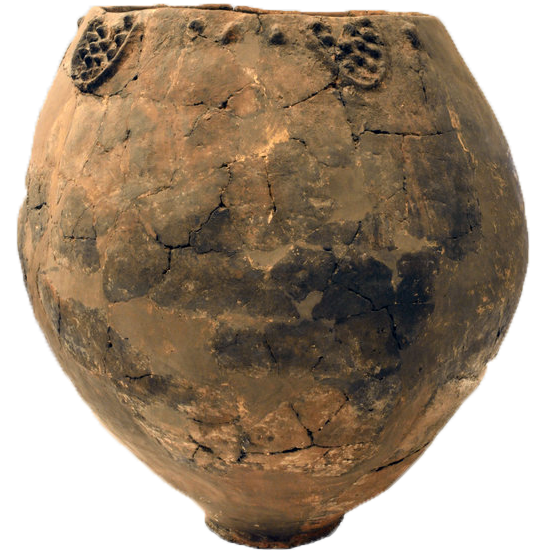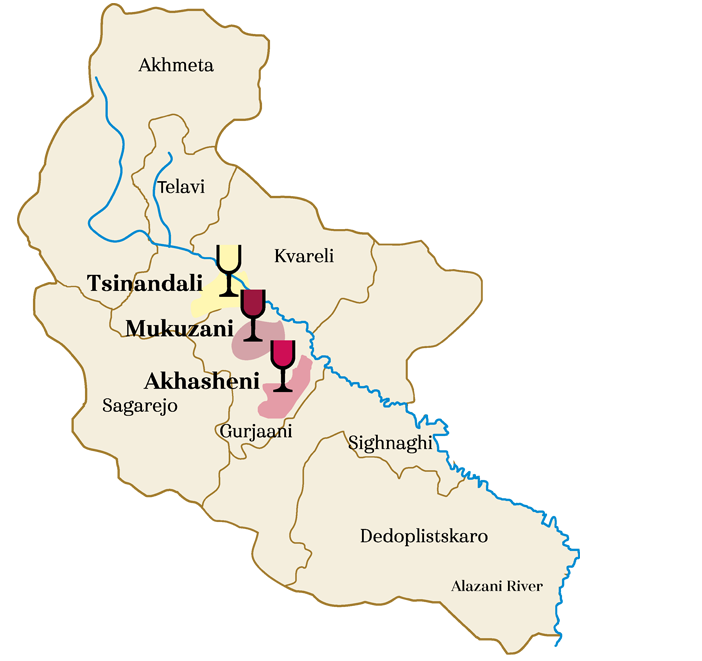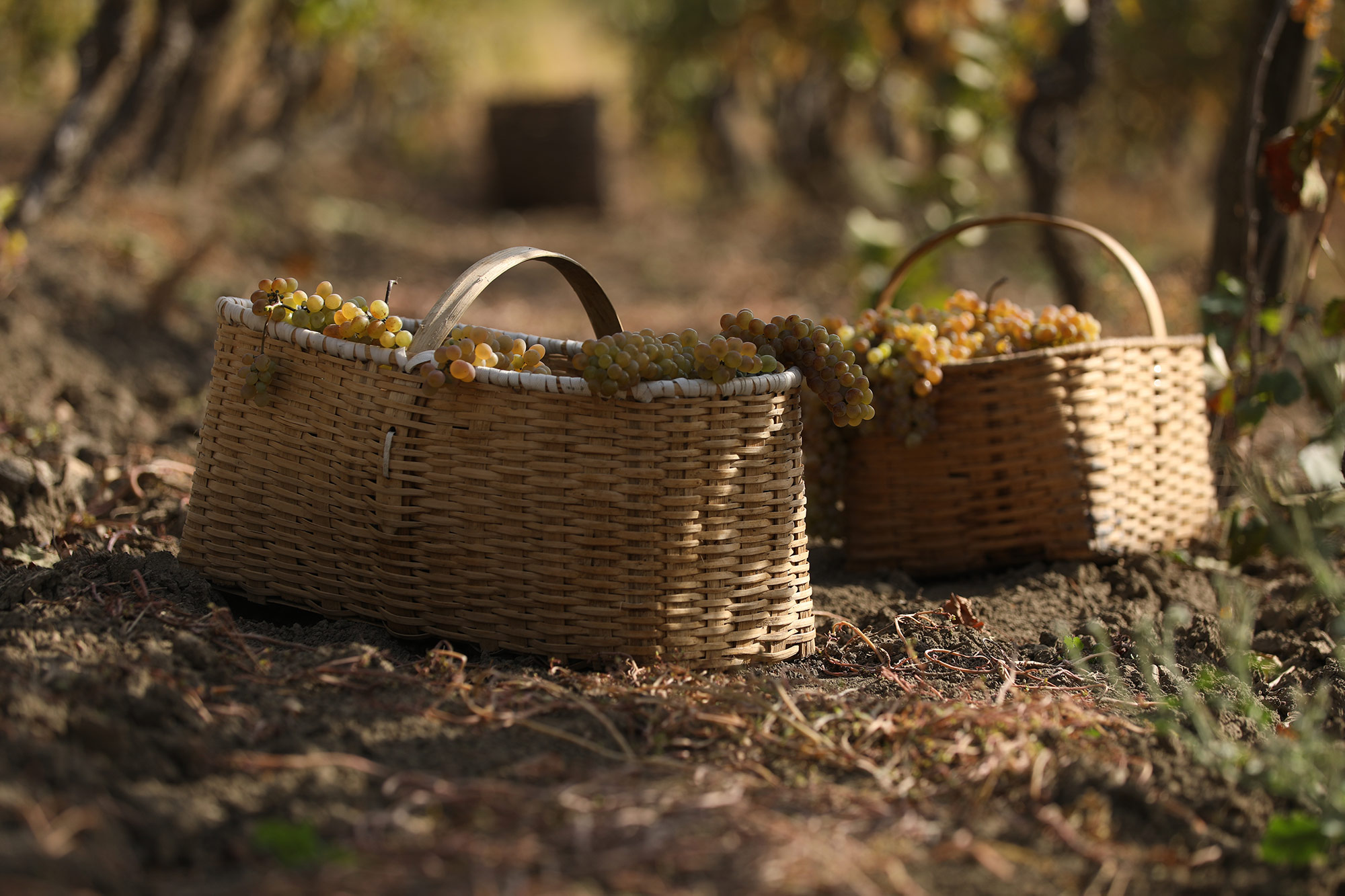This website uses cookies so that we can provide you with the best user experience possible. Cookie information is stored in your browser and performs functions such as recognising you when you return to our website and helping our team to understand which sections of the website you find most interesting and useful.

Georgia is home to at least 535 indigenous grape varieties and can boast of a unique and uninterrupted 8,000 years of continuous wine history. Archeological evidence dating back to Neolithic times (6000 BCE) attests to grape growing, winemaking, and a distinctive wine culture throughout this tiny country in the Caucasus, and supports the Georgian’s long-held claim to be “the cradle of wine.” It was in this tiny corner of the Earth that thousands of years ago Georgians developed the qvevri – the egg-shaped clay vessel for fermenting and storing wine.

One important difference between international and traditional winemaking in a qvevri is that skins, seeds, and stems of white grapes are not included in the tank; clear juice is the norm. For a minority of wines, Georgian vintners may utilize wood vats and barrels of different origins and sizes for fermentation and/or aging of wine. These, too, are commonplace in wine cellars
around the globe
These approaches to international winemaking can be appreciated through the wines of the Chonguri Collection including an enticing, inflected Tsinandali, a flavorful, fruit-forward Saperavi, and a rich, sensual Mukuzani which has been enhanced in barrel.

Spreading across the eastern part of Georgia is Kakheti, its most famous wine region and home to 70% of its wine production. Sloping down from the Caucasus Mountains, vineyards carpet both banks of the Alazani River, a broad expanse moving southeast toward Azerbaijian. Kakheti is best known for its powerful wines made in the clay vessels known as qvevri, as well as for its amber wines – white wines fermented with their skins, often for as long as six months.
Tsinandali
Tsinandali is synonymous with fresh, light wines produced in a modern style. An appellation (Protected Designation of Origin) located in the middle of Kakheti’s Alazani Valley, on the right bank of the river, it is a blend of the Rkatsiteli (85%) and Mtsvane (15%) grape varieties. Fermented in stainless steel, it is a dry, vibrant, harmonious wine with bright flavors of lemon-lime, green apple and apricots.
Mukuzani
Mukuzani is legendary for wines made from Saperavi,Georgia’s leading red grape variety. An appellation (Protected Designation of Origin) situated in the middle of Kakheti’s Alazani Valley, on the right bank of the river, the gently sloping vineyards produce a dry, smooth and full-bodied red wine with flavors of blackberries, plums and spices. It is one of the few Georgian wines to be aged in oak barrels, which enhances its complexity.
Akhasheni
Akhasheni is an appellation (Protected Designation of Origin) known for rich, smooth, semi-sweet wines from the Saperavi grape variety. Located on the right bank of Kakheti’s Alazani Valley, in the warmer Gurjaani municipality, its gently sloping vineyards produce a semi-sweet, velvety red wine with jammy flavors of raspberries, black cherries, and blackberries.
Rkatsiteli
Rkatsiteli is an ancient grape native to Georgia and has been found to be closely related to the country’s wild vines. It is also the leading grape in plantings and plays a part in a diverse range of wines and denominations. The vine buds and ripens late. The grape is particularly well suited to the ancient qvevri winemaking process. Depending on cellar treatment, wines may have flavors of citrus, apricots, and golden apple, with a softer texture and fine acid frame. Rkatsiteli has also been planted in Ukraine, Moldova, the U.S.A. and elsewhere.

Mtsvane
Mtsvane is short for the indigenous Georgian variety identified as Mtsvane Kakhuri, or the “green from Kakheti,” Georgia’s most important wine region. The vine buds late and is known for moderate vigor and yields. Mtsvane is adaptable for international winemaking as well as the ancient qvevri process. It makes a complementary partner for Rkatsiteli in some Georgian wines such as Tsinandali, providing lift and vivacity.

Khikhvi
Khikhvi is native to Kakheti in eastern Georgia. It is one of the country’s most distinguished white grapes and is suited to many wine styles, both dry and dessert, as well as methods of winemaking. Vinified in qvevri, Khikhvi achieves its most complex expression. The vine buds late and is modestly productive. The grapes are able to reach higher sugars without losing desirable acid levels, making for well-balanced wines with a lovely honeyed quality.

Saperavi
Saperavi is indigenous to Georgia and is the country’s main red grape, responsible for countless wines and designations. The vine copes successfully with dry conditions and cold, ripening late. Its name means “dye” and refers to the bluish-black color of the skins and its tinted juice, making it one of the few tenturier wine grapes. In the glass, Saperavi stands out for its deep or even opaque color. Flavors cover a spectrum of dark and black fruits and berries, often with notes of licorice or chocolate, and the wines typically have fresh, dry acidity.
The grape appears under its name as a varietal wine and is also the sole component of highly regarded designations such as Mukuzani and Akhasheni.



